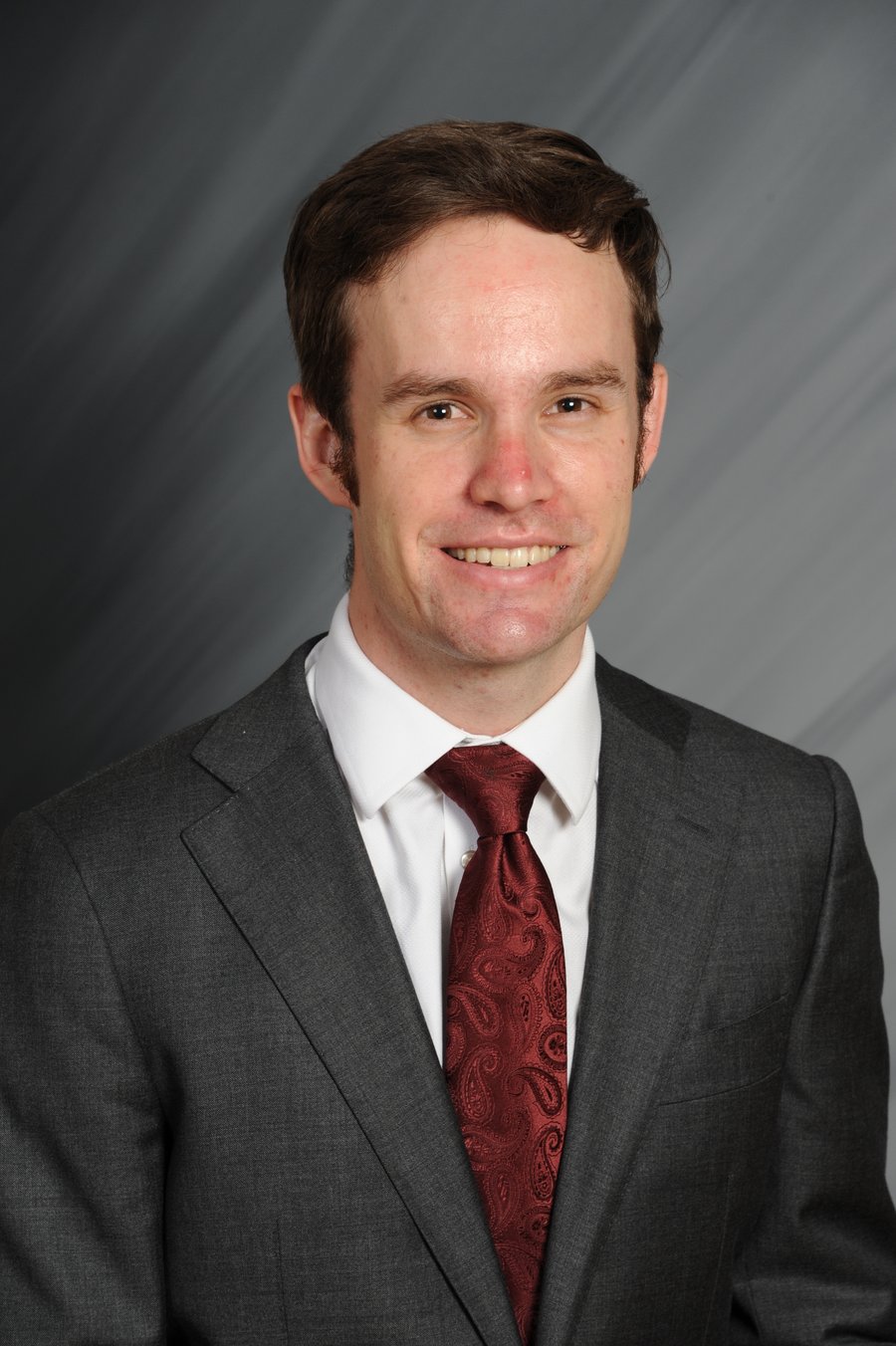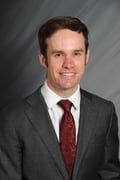
To lose weight, eat less calories. Before getting bogged down in the science of weight loss, it’s important to keep the focus clear: to lose weight, eat less calories. Eating less food is more important than exercise, or cutting carbs, or fasting, or eating low fat foods, or any of the other strategies people advise for losing weight. There have been many studies done on various dieting methods, and the most recent research indicates that cutting calories is above all the key to weight loss.
One might ask how many calories he should cut in order to lose weight. This is an individual number. If you reduce calories and still do not lose weight, then you need to cut back even more. I recommend that initially women aim for about 1200 calories a day total intake, and men aim for 1500 calories a day. This is the equivalent of about two tacos (at least, two tacos the way I like to eat them: fully loaded with lots of cheese and condiments on big and puffy tortilla). If you eat 3 meals a day, portions need to be very small. For instance, 1 granola bar at breakfast, 1 sandwich at lunch, and 1 taco at dinner with no sides except raw vegetables and only water to drink would land you around 1300 calories for the day.
When I eat, the sugars and carbs and starches and fats go to my intestine. From there they go into my blood. The sugar in the blood then causes insulin to go into the blood too. That’s when I start putting on weight. Insulin tells my body to stop using up fat and start making it instead. It tells the body to store starch in the liver instead of using it, and once the liver is crammed full, it will put fat anywhere it can find. So, here’s the kicker: every time sugar and starch and carbs go through the body, they tell the body to slow down on the fat burning and do more weight gaining instead. In other words, the fastest way to burn fat is to not eat, and when you do eat, try to eat less sugar and starch and carbs; they flip the switch that tells the body to slow down on the weight loss.
There are many obstacles to cutting calories enough to lose weight. Unfortunately, it is often necessary to feel hunger. Hunger is an initial indicator that weight loss is occurring and the body is getting less calories. Eating until the hunger goes away gives the body too many calories, and weight loss won’t happen. You have to learn to live with hunger to lose weight. However, usually the body gets used to the calorie deficit after a while, especially on a lower carb, low sugar, low starch diet, and the hunger pains will fade.
Another obstacle is that eating less makes the body use less calories. It goes into survival mode!—and changes itself to burn less calories at a time. Often after initially losing weight, weight loss stalls out and stops. This means than you have to eat even less food in order to keep losing weight. Another strategy to attempt is to try to keep your metabolism going throughout the day by eating vegetables. Vegetables are low calorie and have low carbs. If you snack on them between meals you can keep the fat loss going without eating too many calories to lose weight, and without eating the sugar/carbs/starches that would tell the body to slow down on the weight loss.
Come by Lone Star Family Health Center sometime to discuss your weight loss goals with me!
 Dr. McDonough is a resident physician who sees patients of all ages and provides obstetrical services at Lone Star Family Health Center, a non-profit 501©3 Federally Qualified Health Center operating facilities in Conroe, Spring, Willis, Grangerland, and Huntsville, and serving as home to a fully integrated Family Medicine Residency Program to increase the number of Family Medicine physicians for Texas and our community.
Dr. McDonough is a resident physician who sees patients of all ages and provides obstetrical services at Lone Star Family Health Center, a non-profit 501©3 Federally Qualified Health Center operating facilities in Conroe, Spring, Willis, Grangerland, and Huntsville, and serving as home to a fully integrated Family Medicine Residency Program to increase the number of Family Medicine physicians for Texas and our community.



